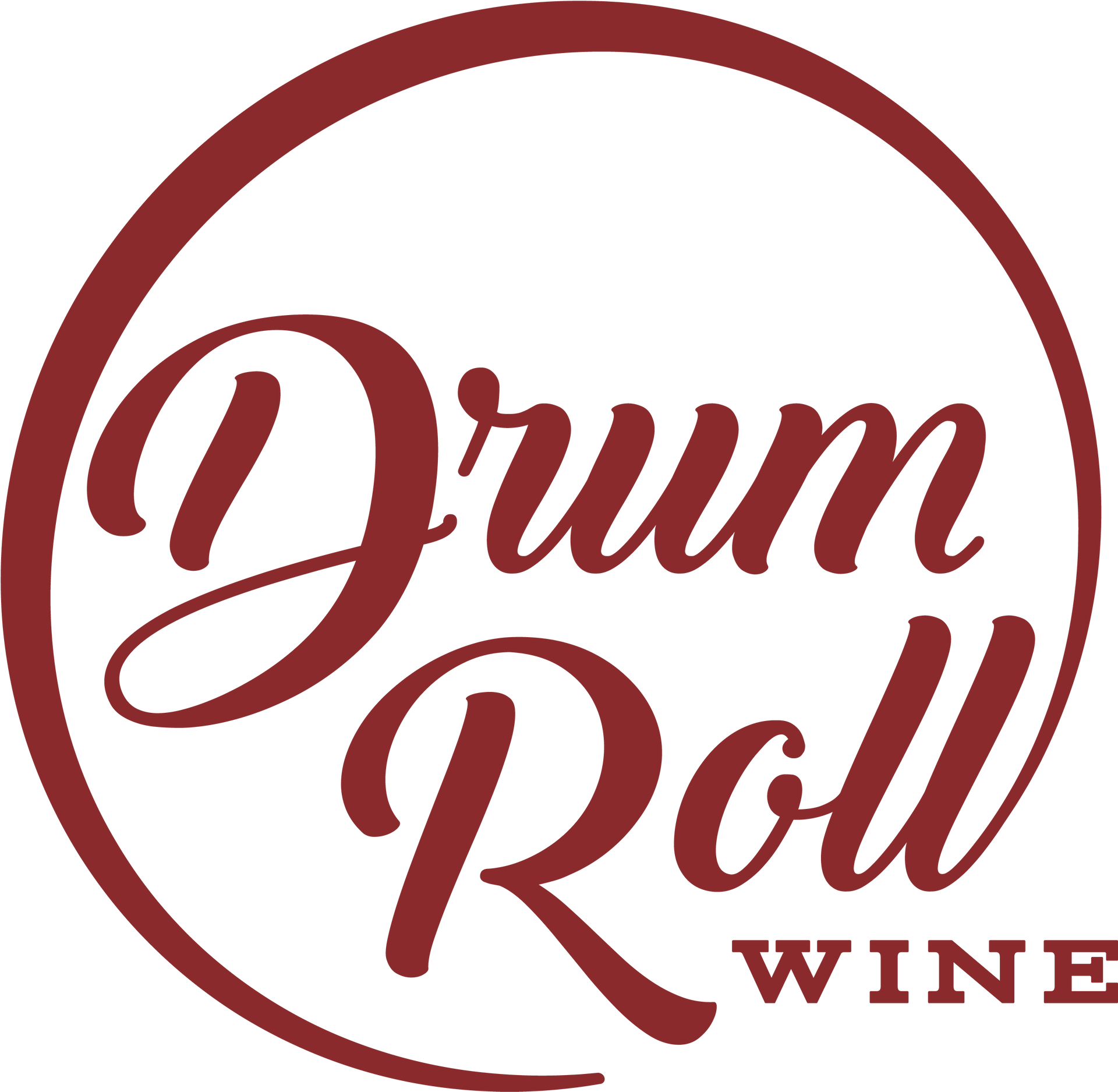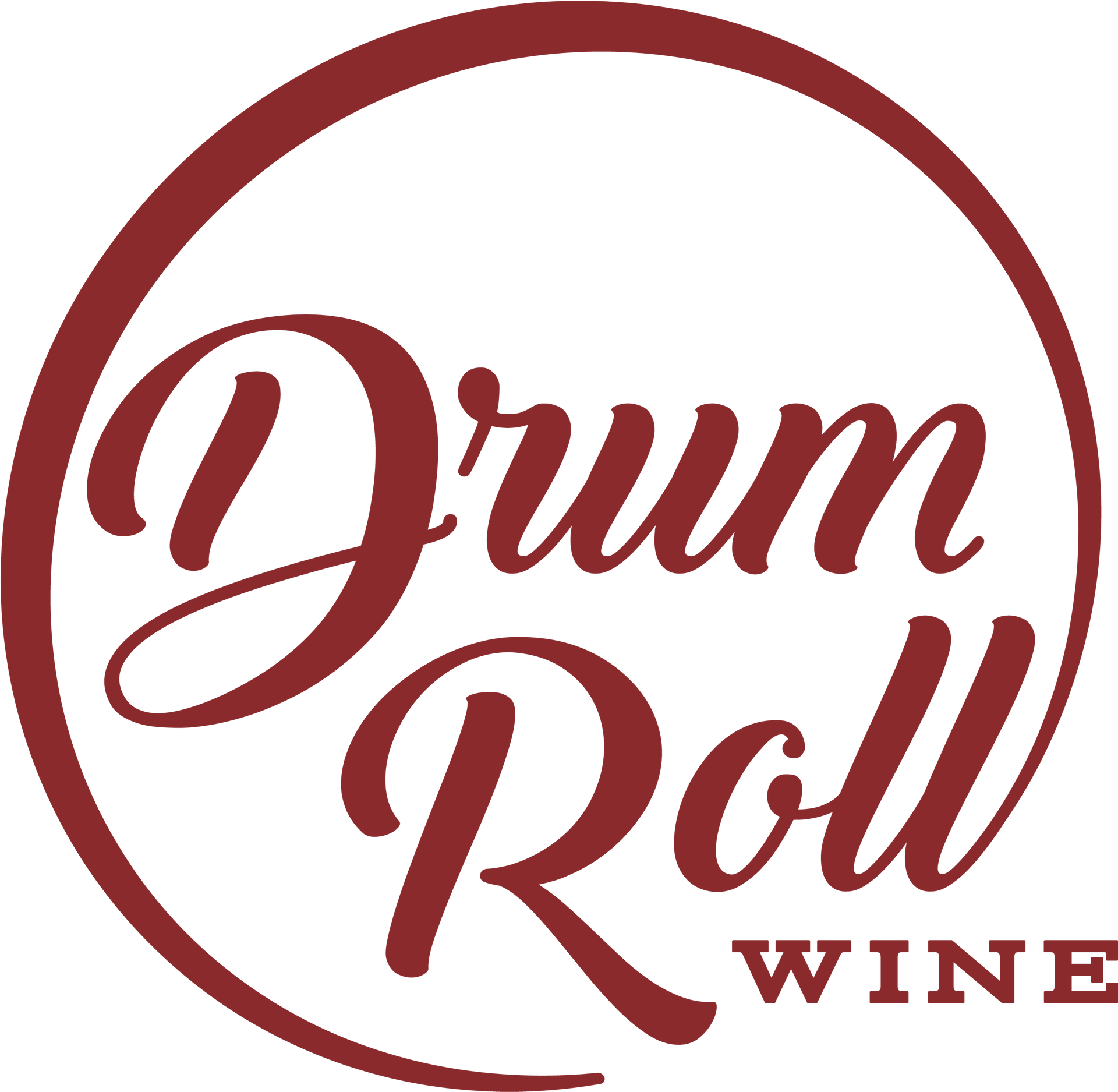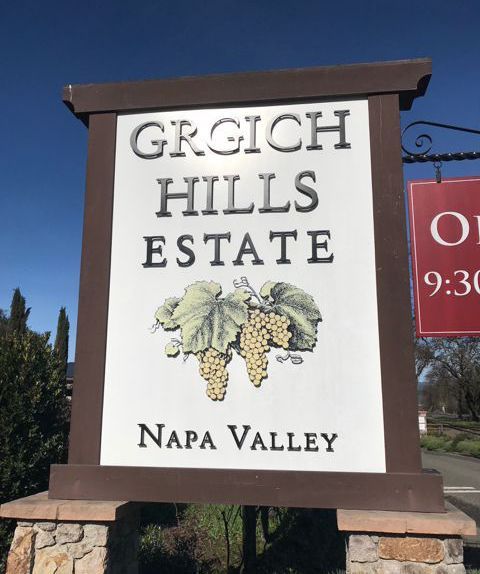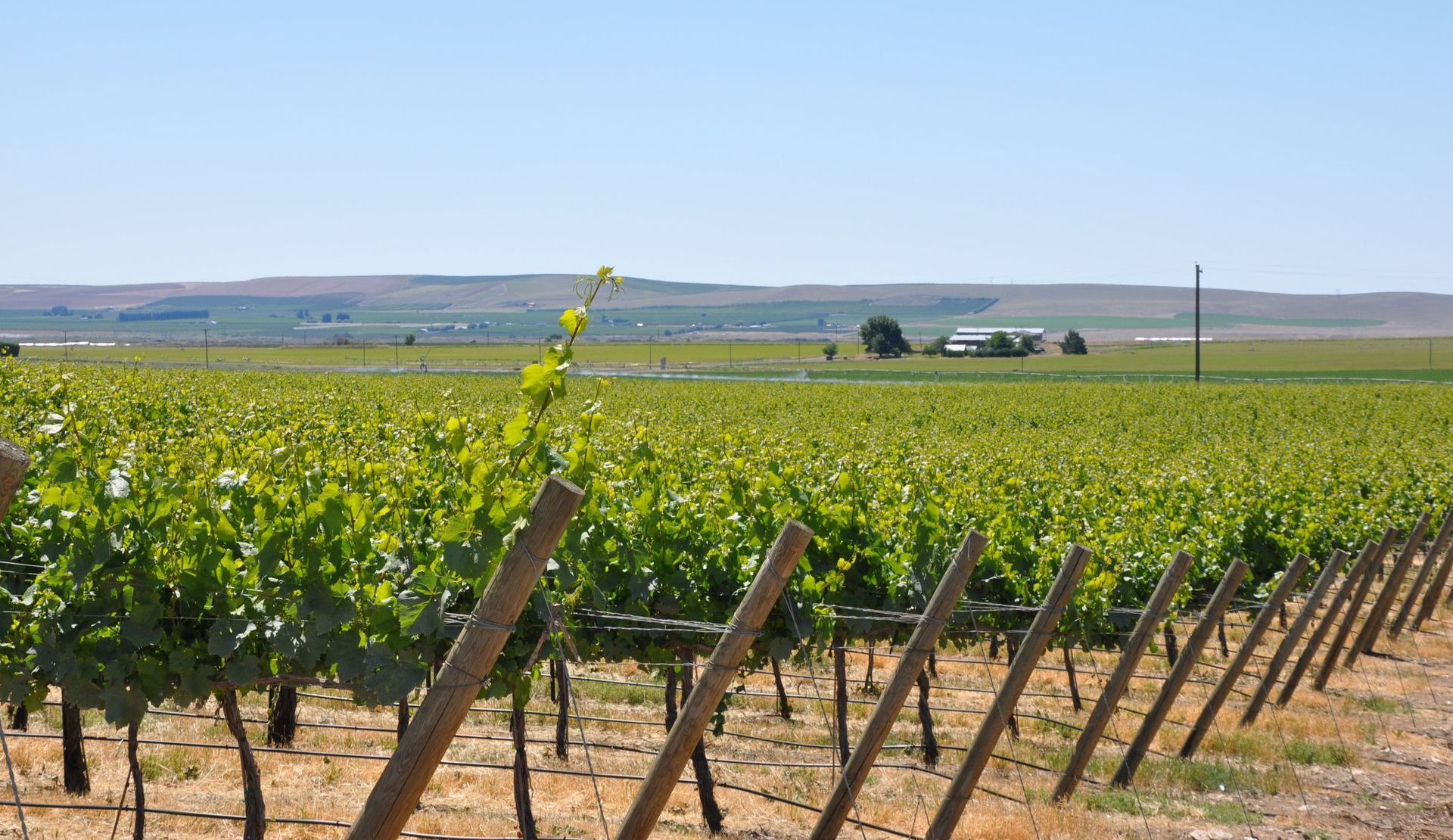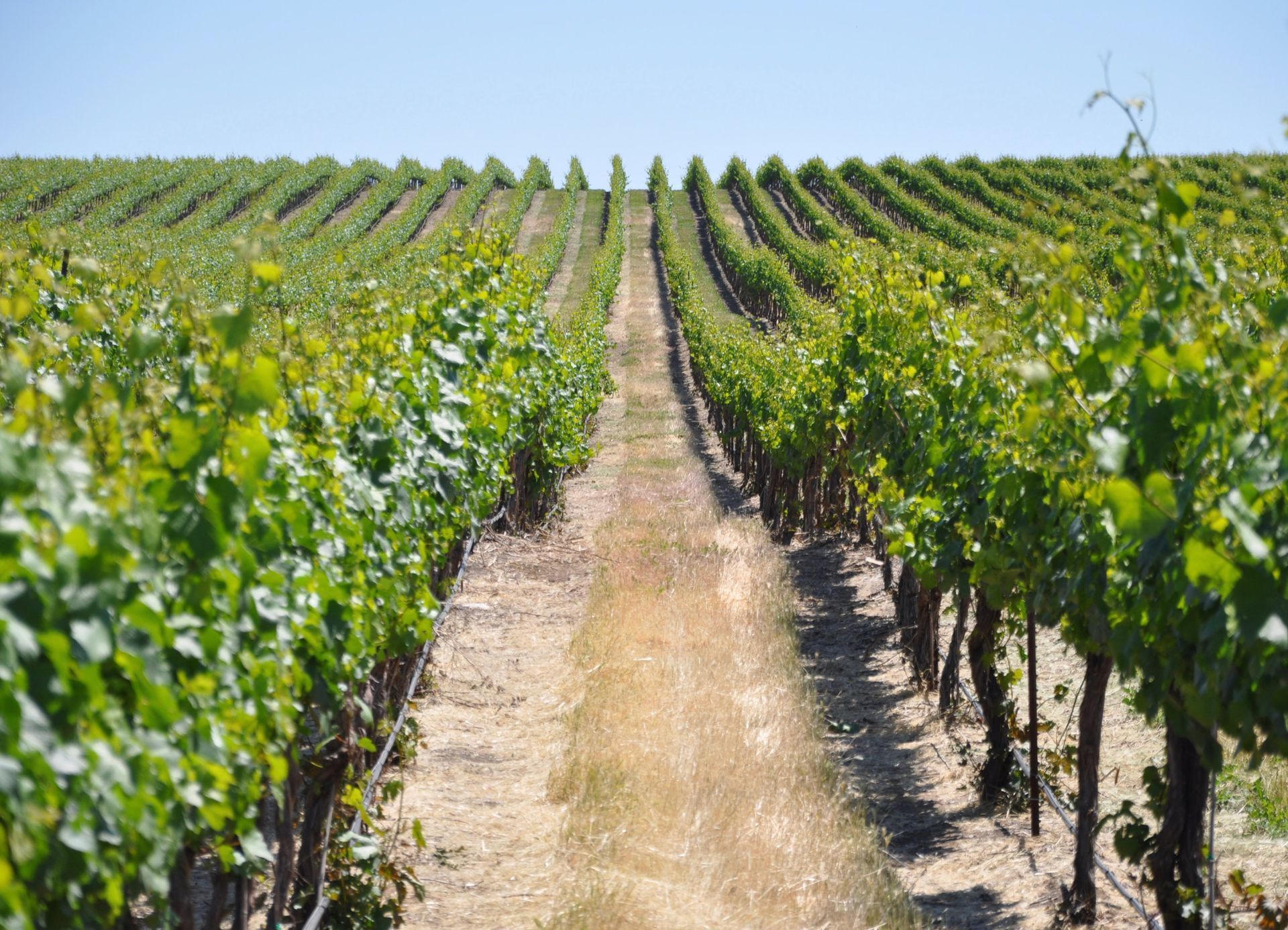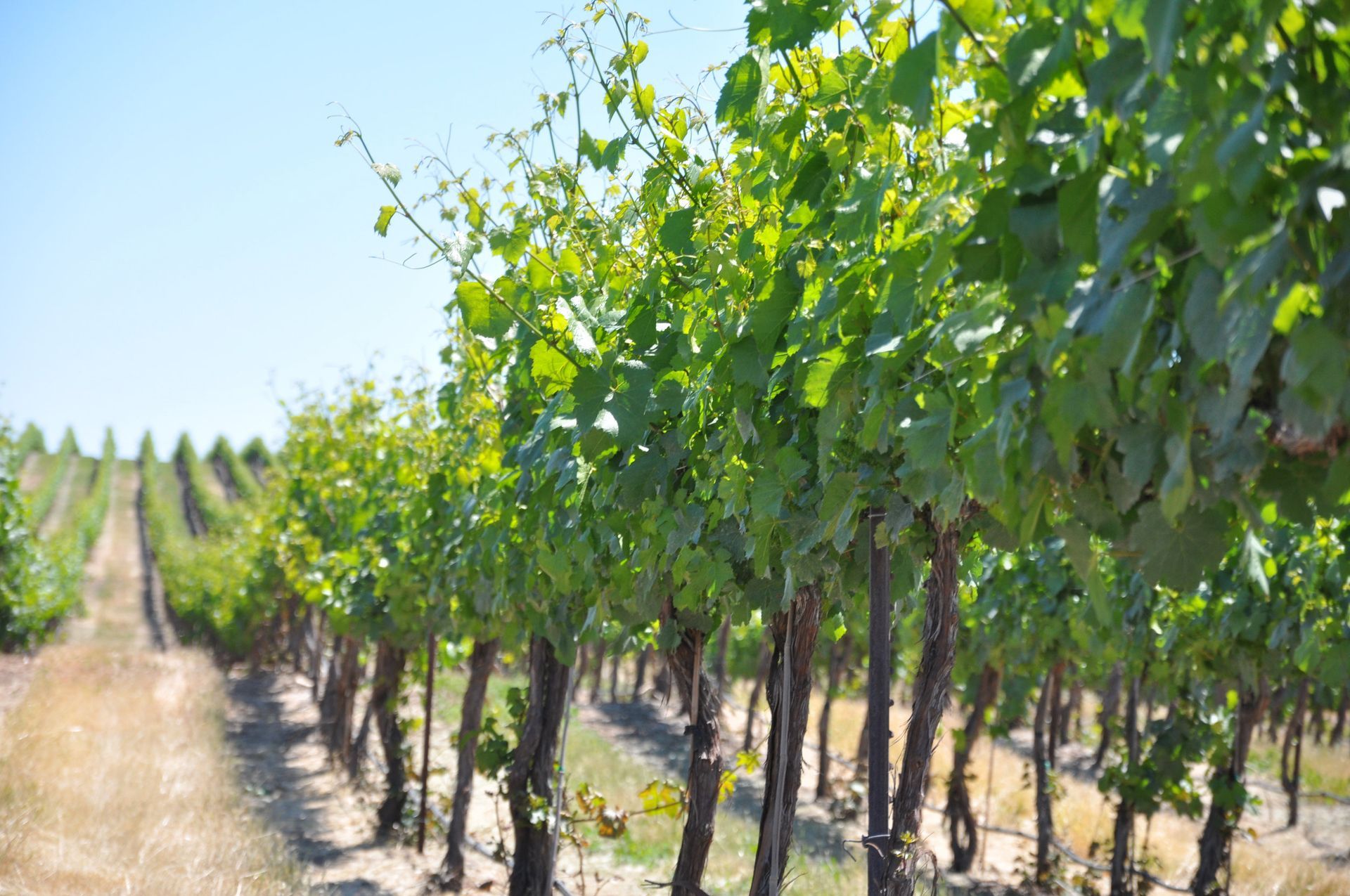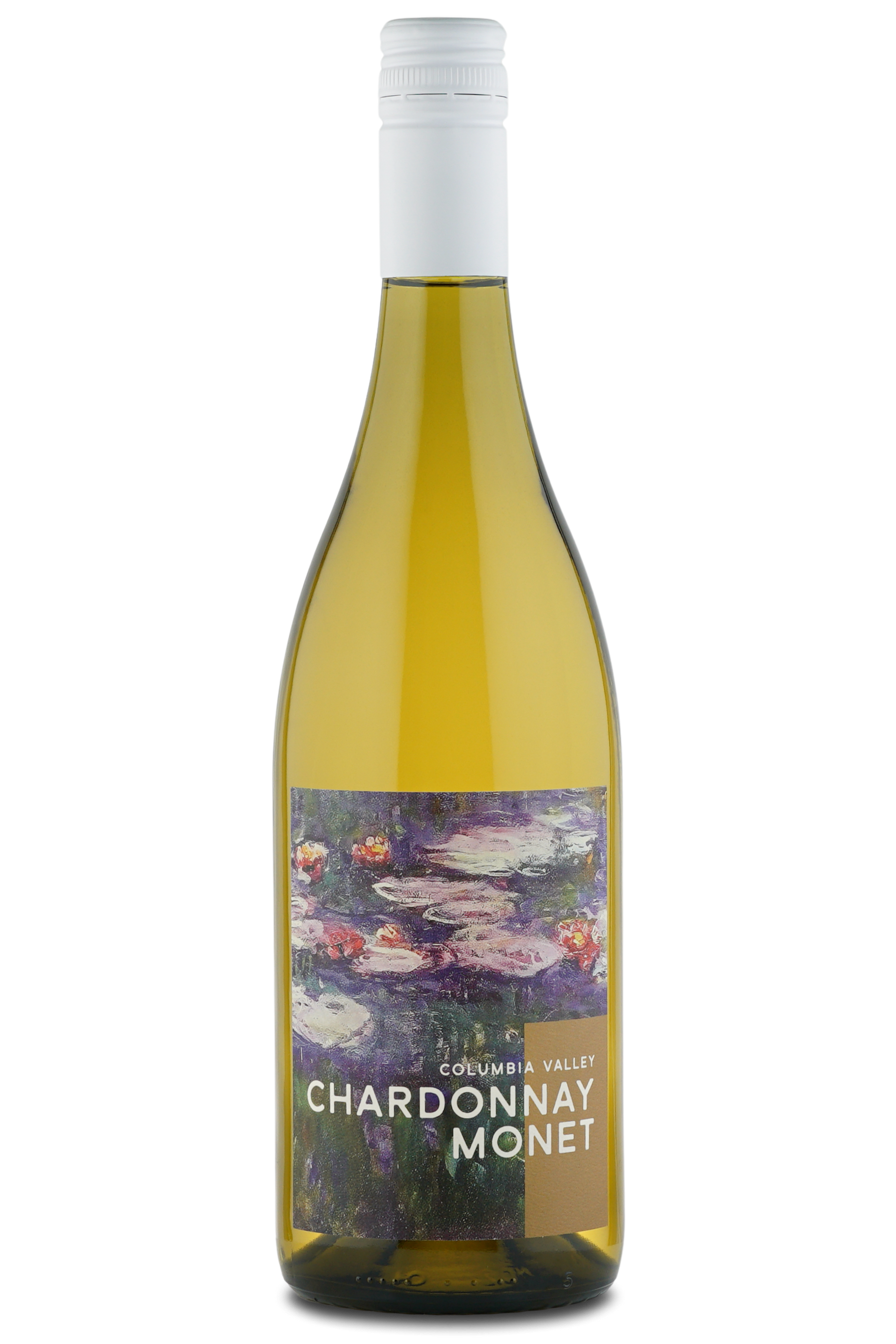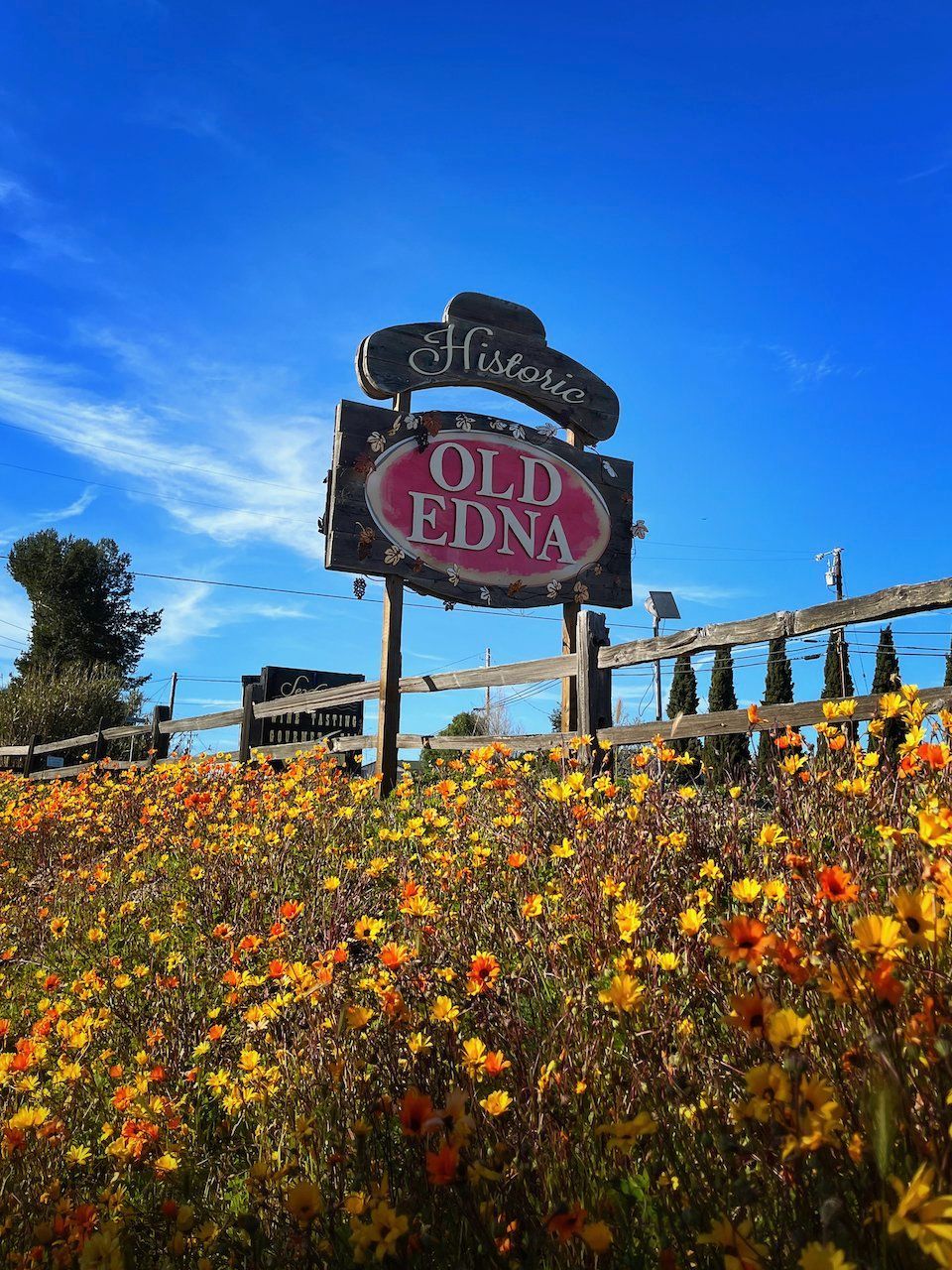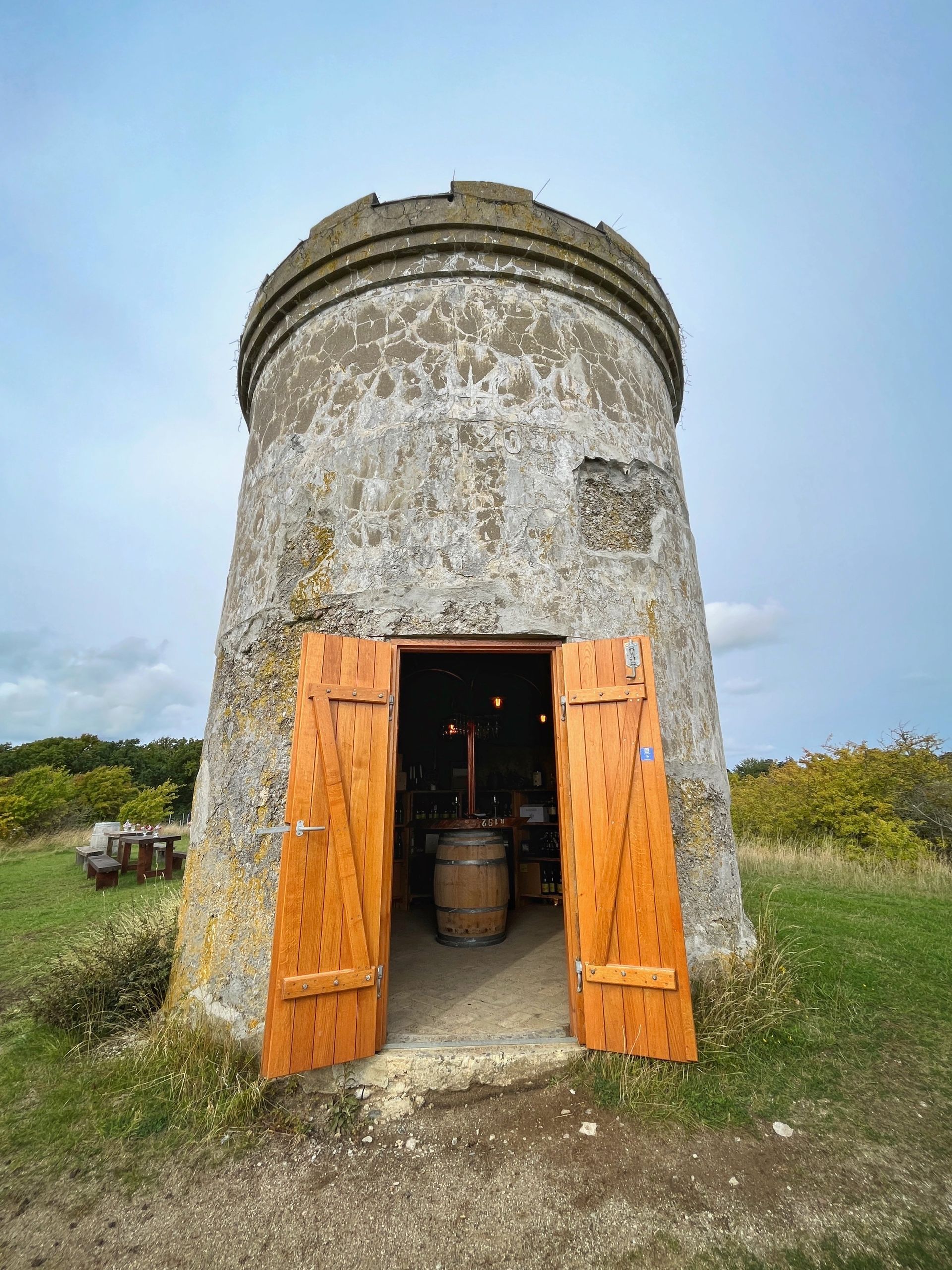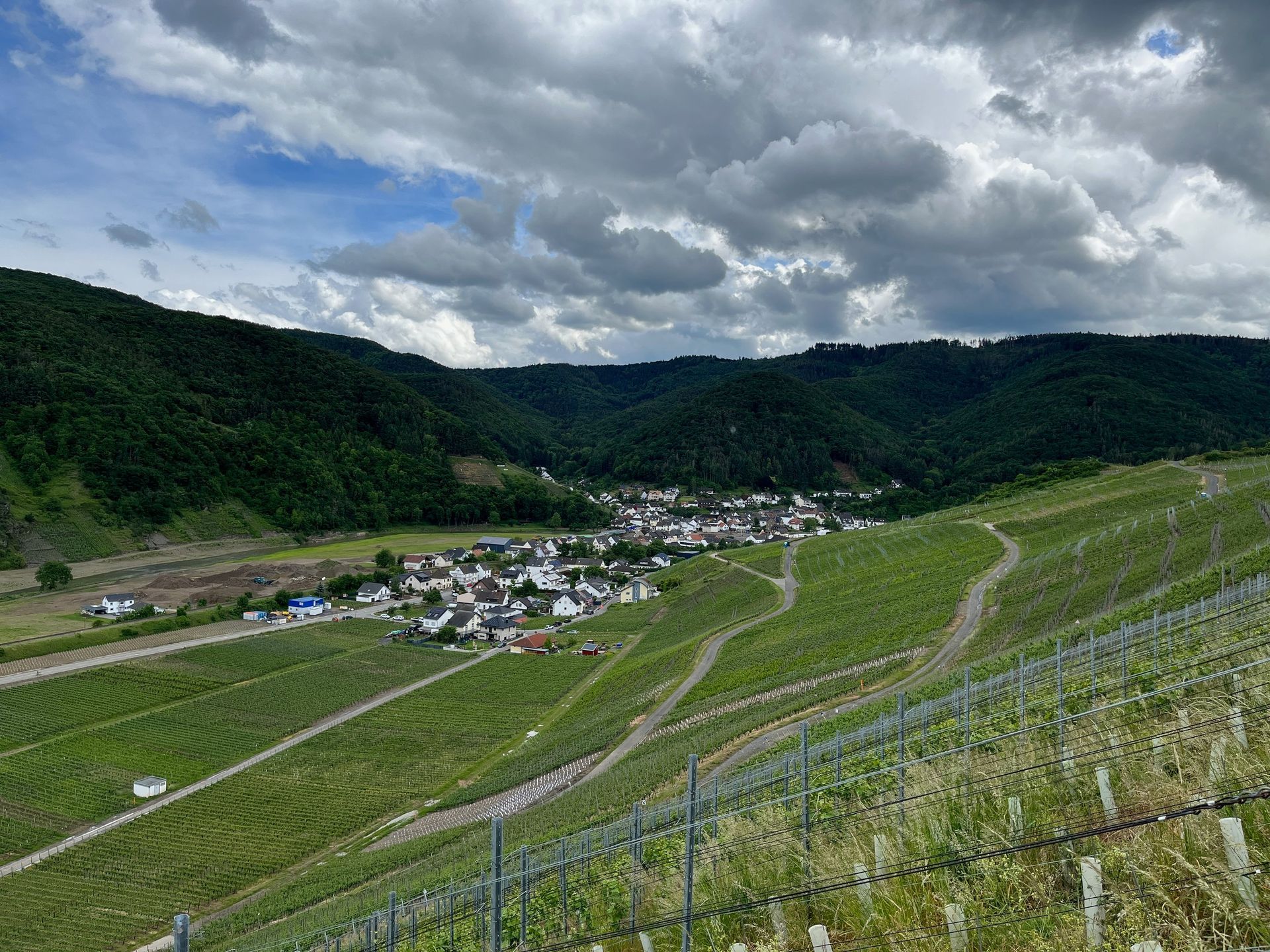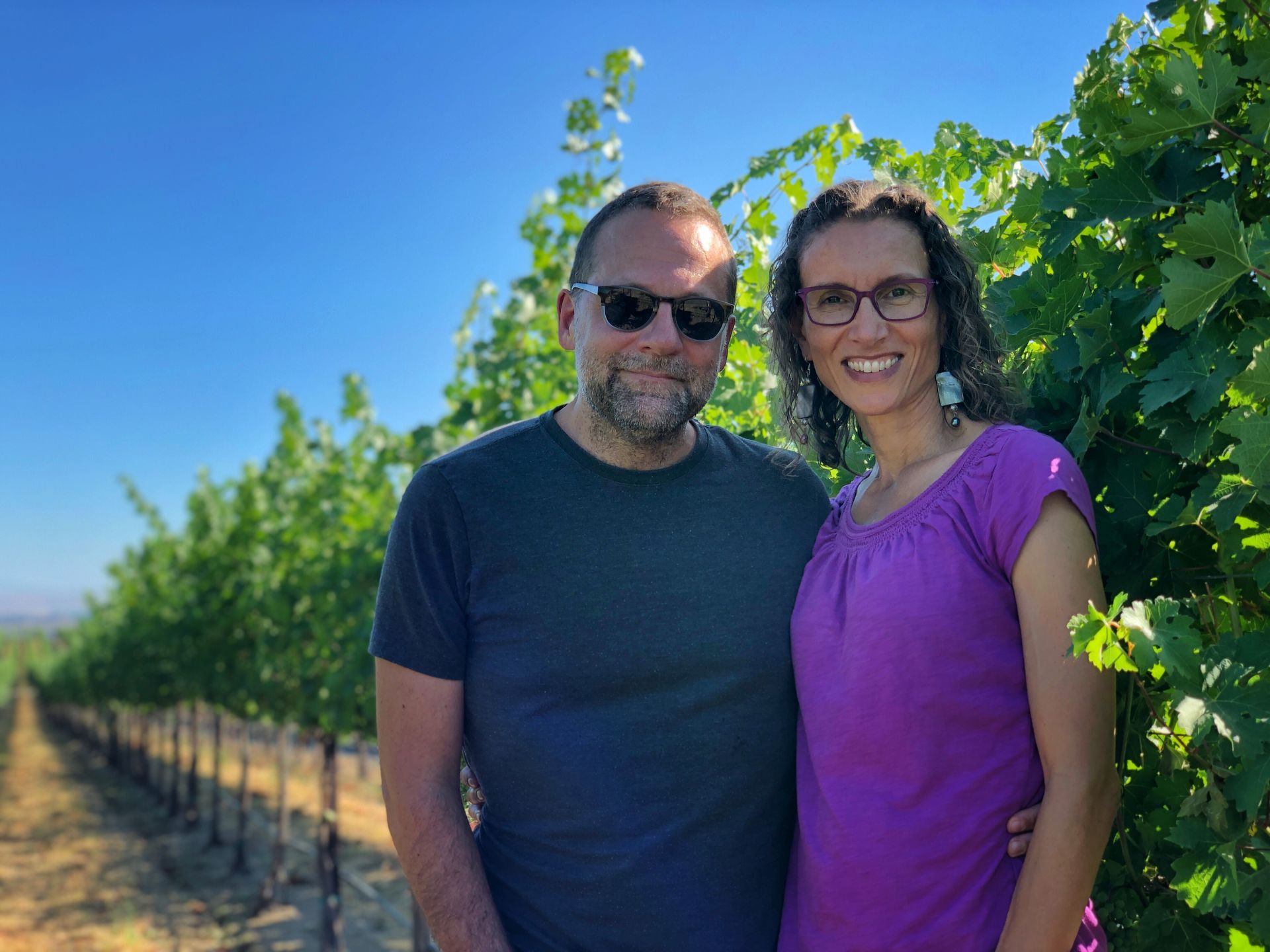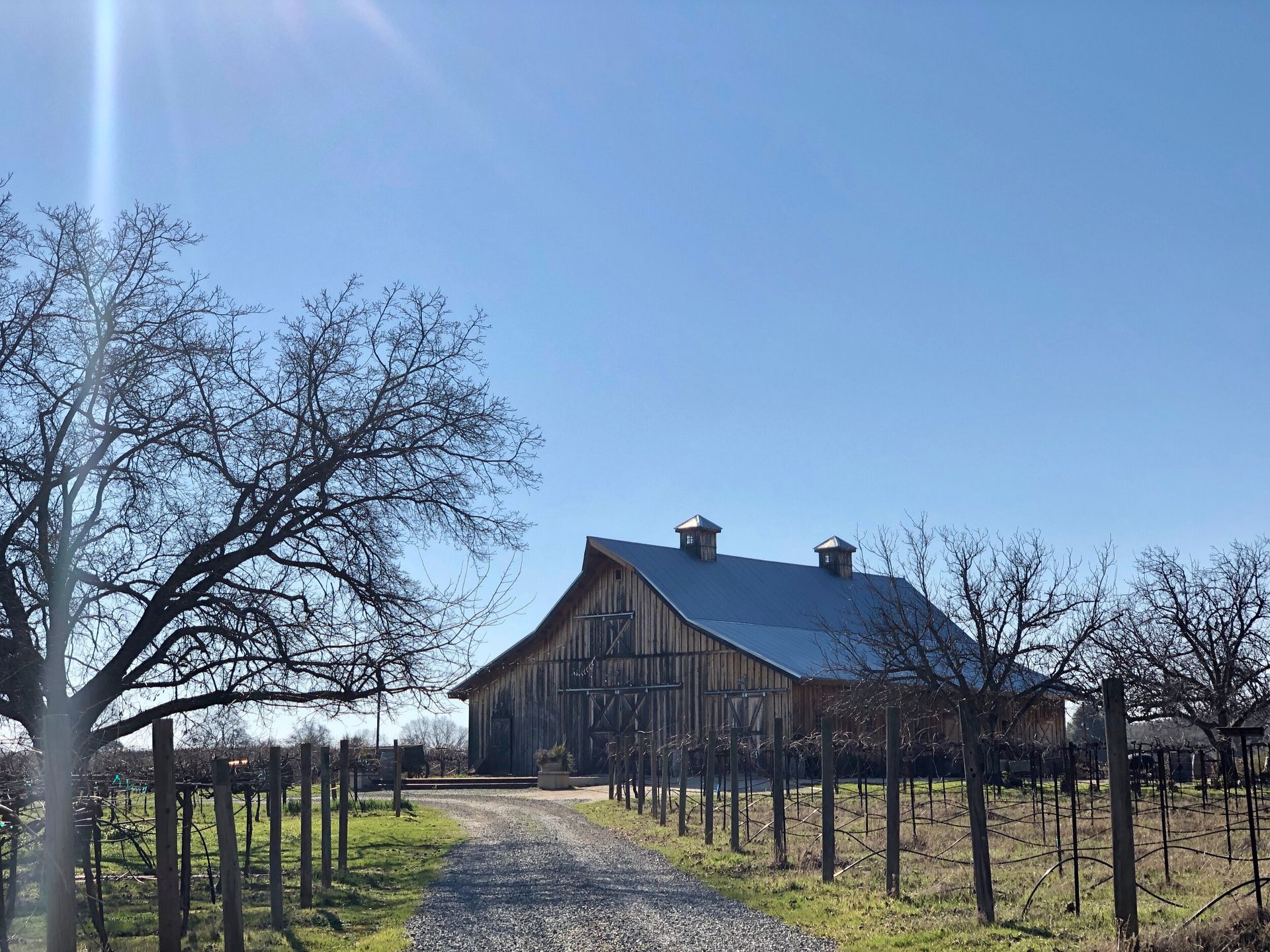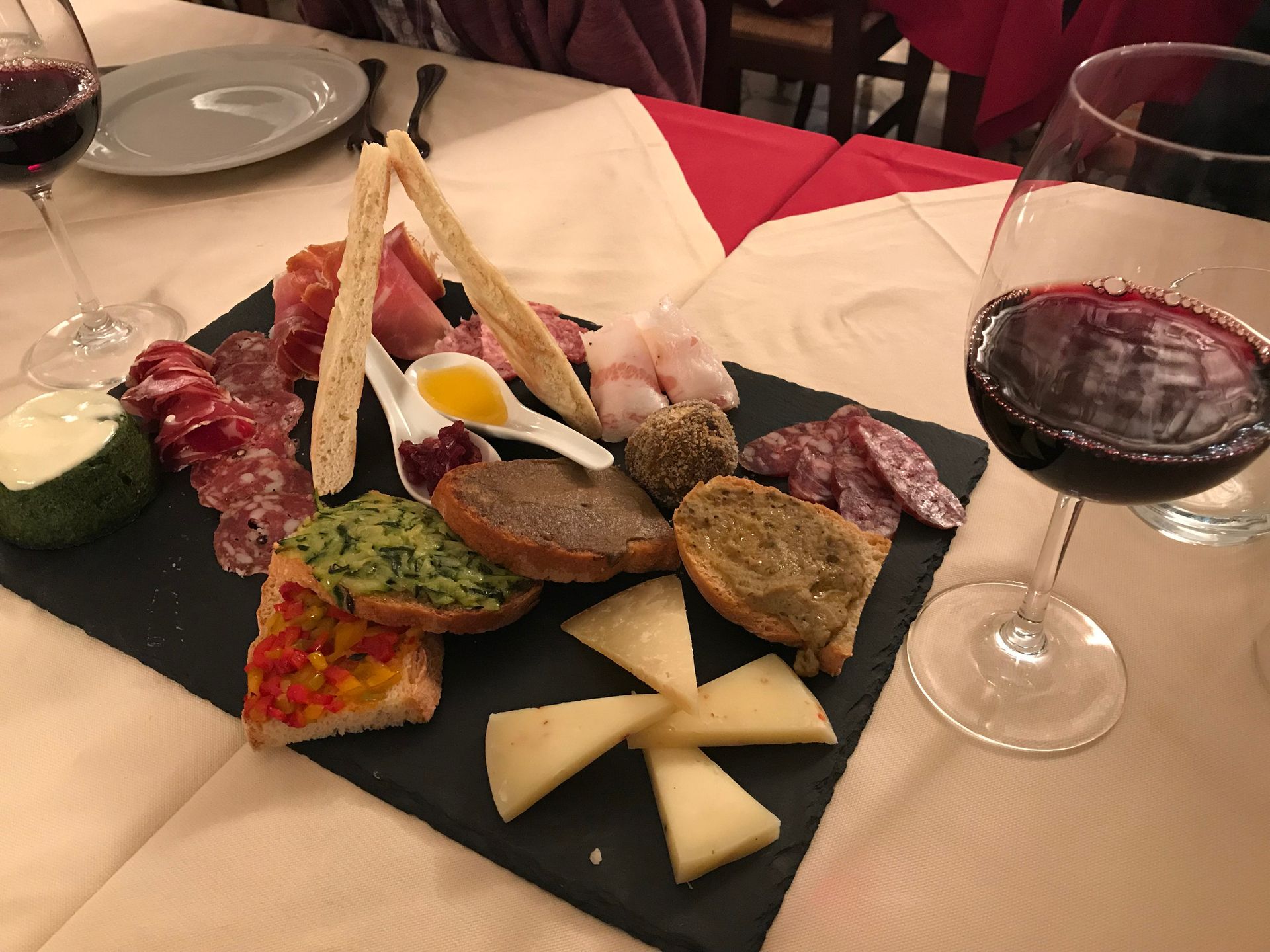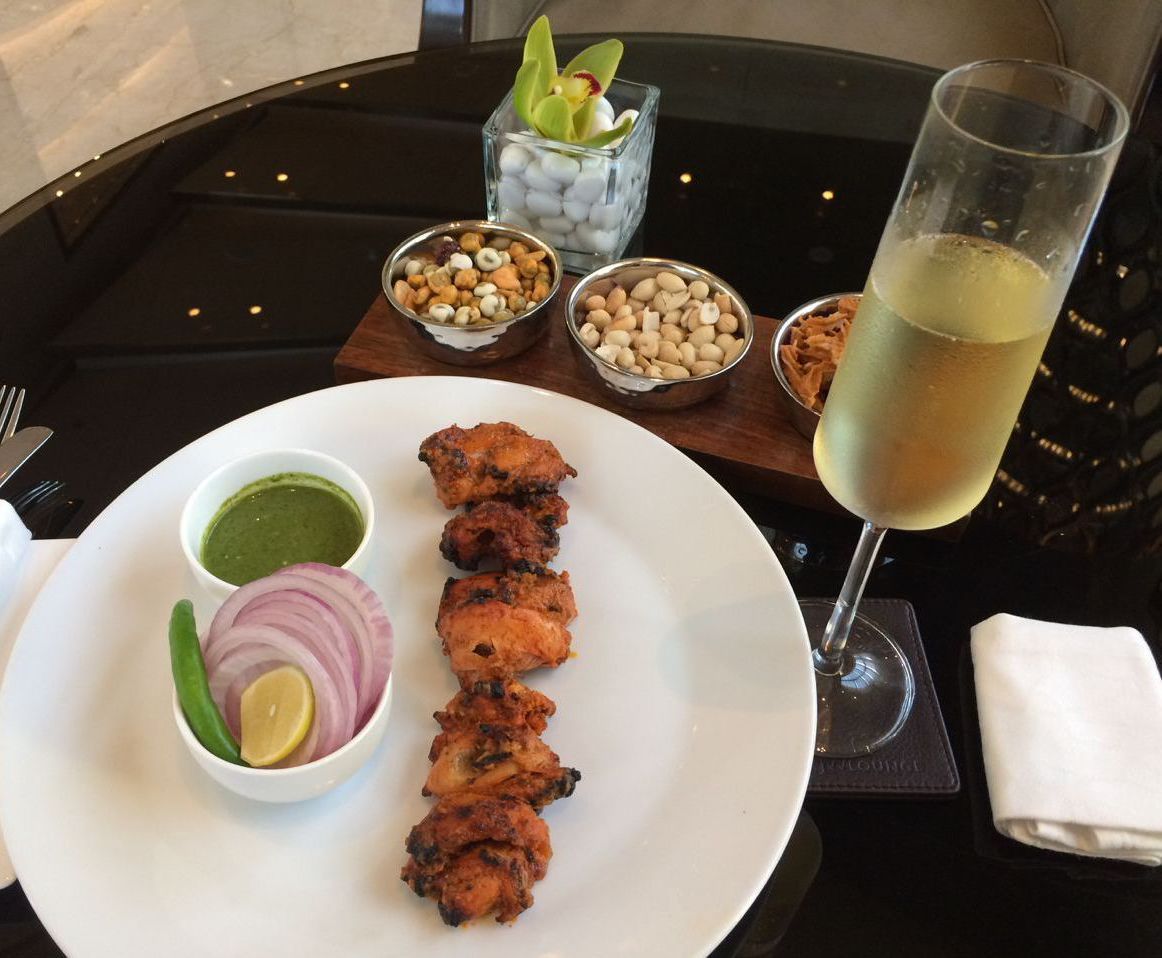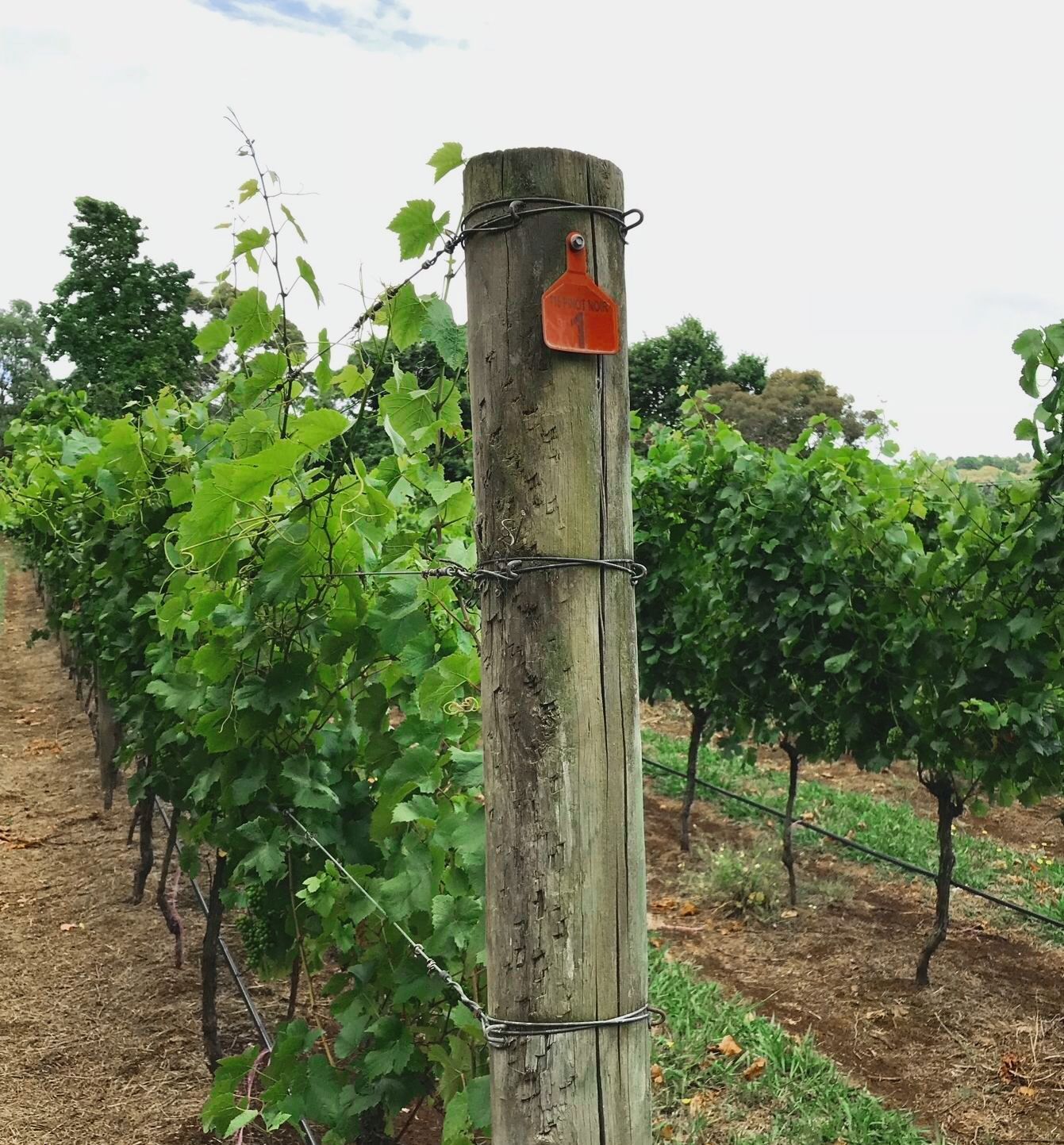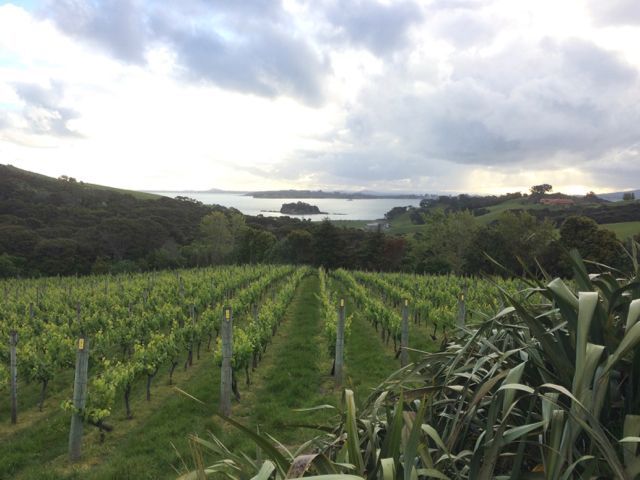We’ve been pouring our Chardonnay Monet at a lot of events lately and hear the same question and comment at least once a night. Can you guess what they are? The question we get is, “How oaky is your chardonnay?” (I’ll address that shortly.) And the statement we hear is, “I don’t like chardonnay.” It’s not just casual wine drinkers with this negative attitude toward chardonnay, by the way. “ABC” (i.e., Anything But Chardonnay) is a joke among the sommelier community and I assure you that referring to “candy corn” as an aroma descriptor is not a compliment. Pity the chardonnay grape–so maligned and misunderstood. Yet in spite of the bad mojo, chardonnay is actually the top-produced (and consumed) white wine in the world. Why?
For one thing, chardonnay will grow in nearly any region that will support grapes. From the coolest regions (think Oregon or Canada) to the warm end of the scale (like Napa and the Barossa in Australia), most viticulturally-friendly climes will grow chardonnay just fine. It’s also a flexible grape enologically. In other words, wineries can turn it into what they want based on the choices made in the production process. Chardonnay is called a “winemaker’s grape” for this reason (what artist doesn’t appreciate a medium allowing for maximum expression?). The other simple reason there’s so much chardonnay in the world is that though some love to hate it, many more wine drinkers love to drink it. With its long, illustrious history (especially in the tradition of Burgundy, France), there’s plenty to love about chardonnay. But also plenty to confuse.
There’s a prevailing perspective that there are essentially two kinds of chardonnay–oaked and unoaked. In my view, however, it’s better to think of three distinct styles of chardonnay (with varying degrees of each, of course), not including any sparkling wine made from chardonnay grapes. Consider a spectrum with unoaked chardonnay (usually fermented and aged in stainless steel, though concrete vessels are also utilized) on one end, and 100% new oak-fermented and aged chardonnay on the other. The best examples of the former are from the
Chablis region of Burgundy (though sometimes light oak ageing is employed there), and the quintessential versions of the latter are invariably from California (Rombauer and
Kendall-Jackson
come to mind).
There’s also a middle option on this spectrum, however. These are nuanced, complex, and restrained wines with plenty of body, but no strong butter or oak flavors such as vanilla. Much of Burgundy (e.g., the
Montrachet district) produces elegant wines in this style and in spite of California’s reputation for chardonnay wines with enormous body, there are many producers there using oak judiciously (such as
Grgich Hills and
Williams Selyem). Here’s another way to look at the three styles I’ve outlined.
Minerally and tart
These are the high-acid wines that imitate the traditional Chablis style (also found at better values from the Mâconnais region of Burgundy). The French sometimes call this type of wine a “fish wine.” Which sounds disgusting till you realize the meaning–it pairs well with fish.
Mellow fruit with medium body
Like chardonnay wines from many parts of Burgundy (other than Chablis and Macon), this restrained style is imitated around the world and pairs most easily with the widest variety of foods (it’s a go-to for nearly any kind of chicken dish, for example).
Big body, big butter
This opulent approach originated in California, though other wine regions dabble in something like this take on Chardonnay as well (e.g., Margaret River, Australia). A rich, buttery Chardonnay can be challenging to pair well. Which, counter-intuitively, may actually be why it’s so popular–because it drinks well on its own. For a truly decadent experience, try it with macaroni and cheese. Or lobster. Or lobster macaroni and cheese.
Along with the 3 styles of chardonnay, there are 4 primary production factors that contribute to where the wine will fall on the spectrum described above.
Climate
Cooler climates produce grapes higher in acid. Since there is always a trade off between sugar and acid (as grapes ripen, sugars increase while acid decreases), these cool climate chardonnay wines are often higher in acid and lower in alcohol (less sugar in the juice translates to less alcohol in the wine). Warmer climates produce grapes with less acid and more alcohol. The alcohol contributes to the sense of body in a wine.
Malolactic fermentation
Insiders refer to this process as “ML,” “MLF,” or “malo” depending on their location in the wine world. It’s a somewhat confusing term because “fermentation” (especially in the context of winemaking) connotes a process that produces alcohol. But not all types of fermentation do so (for this reason, there is a recent push by some to call this process "malolactic conversion" instead). In short, ML is a winemaker’s choice to convert malic acid (responsible for the sharp, sour sensation that comes from a Granny Smith apple) into lactic acid (the far softer acid found in dairy products). The end result of malolactic fermentation is a gentler wine with a softer profile. It can also contribute dairy flavors or aromas like butter (note that it is NOT from oak treatment). A winemaker can employ “partial ML,” meaning that only some of the wine blended into a 100% chardonnay will take on these characteristics.
Sur lie
French for “on the lees,” this means that in the time period between fermentation and bottling, the wine rested on the expended yeast cells remaining from the fermentation process. In some cases, this adds aromas of bread or hazelnut. Along with a greater sense of body to a wine that might otherwise seem thin. To make the most of this process, some winemakers stir the lees in the bottom of barrels on occasion to expose more of the wine to the impact of the inactive yeast.
Oak fermentation and/or ageing
Ferment and age a chardonnay in new oak and you’ll likely impart aromas and flavors of butterscotch, vanilla, and general "toast." Plus oak, of course. You know, like wood. As well as an overall extra richness to the texture and flavors. Using “neutral” oak barrels (i.e., previously used) will not impart these flavors as strongly, but will still provide the micro-oxygenation that comes from an oak vessel (adding body). Combinations of new and used oak along with varying degrees of oak fermentation (and/or oak ageing) give winemakers lots of options for shaping the final product. There’s also the matter of how heavily charred the barrels are. And whether they are from French or American forests. French oak trees grow slowly which results in tighter grain patterns (this allows for less oxygen permeation) while American oak trees grow faster and are more porous.
So knowing all this, what should you do? At the very least (and for the love of God and your grandchildren), try at least a couple quality examples of each style above before you decide you don’t like chardonnay. You don’t have to taste them all today, but you do have to taste them! Once you know which style(s) you most enjoy, start focusing on and exploring world regions or local producers that generally make that style. (Otherwise, you’re going to be stuck drinking cabernet franc every summer and that’s not good for anybody.) It should also be noted that all styles of still chardonnay are technically dry. Some might think a chardonnay sweet because it seems light or fruity (it’s easy to confuse fruit flavors with sweet sensations), but you’re not going to find Chardonnay wine with any clear signs of sugar left over from the alcoholic fermentation process.
Our own Chardonnay Monet comes from a cooler vineyard and was made using partial malolactic fermentation and partial
sur lie maturation in neutral French oak barrels before bottling. We like the other approaches, too, but we wanted to produce the most classic style of chardonnay to pair with the equally classic art by Monet featured on the label.
As you experiment, you’ll start to notice clues to what you might be about to taste. Terms referring to climate, winemaking (and ageing) vessels used, other winemaking choices like malolactic fermentation and sur lie , as well as references to descriptors such as lemon, apple, mineral, lean (all most likely connected to Chablis-style wines), baguette (from sur lie ageing), butter (from malolactic fermentation) and general richness (from new oak). Learn these indicators and you’ll be picking the style of chardonnay that most appeals to you every time.
Chardonnay FAQ:
Who drinks chardonnay?
I’m glad you asked. The answer is just about everyone. If you don’t include yourself, then maybe it’s just because you’ve not found the right style to fit your palate. Drinking only red wine is like eating only red meat. Or only blue cheese. Or green vegetables.
What does chardonnay taste like?
Another fine question. You’re doing great. Various flavors might include lemon, yellow apple, baked apple, pear, pineapple, saline, minerality, butter, toast, vanilla, and more.
Where is chardonnay made?
Almost all countries that make wine make chardonnay. Historically, Burgundy in France is its ancestral home. California makes some famous chardonnay. Australia and Chile produce notable amounts of chardonnay as well. Do
not overlook chardonnay from Washington State and Oregon, of course.
How many calories are in chardonnay? It depends on the amount of alcohol and size of the pour. So do yourself a favor, skip the rice pilaf or stale dinner roll and enjoy your glass of wine.
How should I serve chardonnay?
Chilled and in a coffee mug to keep it that way. Or in a fancy wine glass if you prefer. A couple hours in the fridge from room temperature should do the trick. If you store it in the fridge long term, then take it out for 20 minutes before serving. Lighter wines are generally best served cooler than bigger wines so an all stainless steel chardonnay should be served a few degrees cooler than a rich, buttery version.
How long will chardonnay taste good after opened?
If you have a vacuum pump system (and you should unless you finish every bottle you open within a few hours) then you can close and keep a bottle of chardonnay in your fridge for 72 hours at the most. Each hour that passes depletes a bit of the character of the wine till it’s just not recognizable as the wine you originally opened.
How is “chardonnay” pronounced?
It depends on how many glasses you’ve had. Anything remotely like “shar-doe-NAY” is sufficient. Let’s not take wine (or ourselves) too terribly seriously.
We believe there's a chardonnay for every wine drinker because we've tried so many and enjoyed many a good wine surprise along the way. Have a wine surprise to share? Email us!
